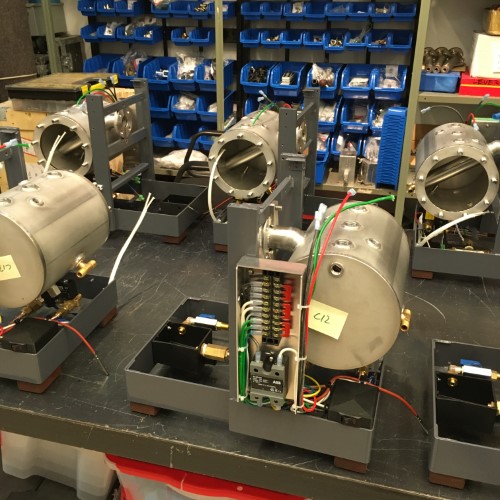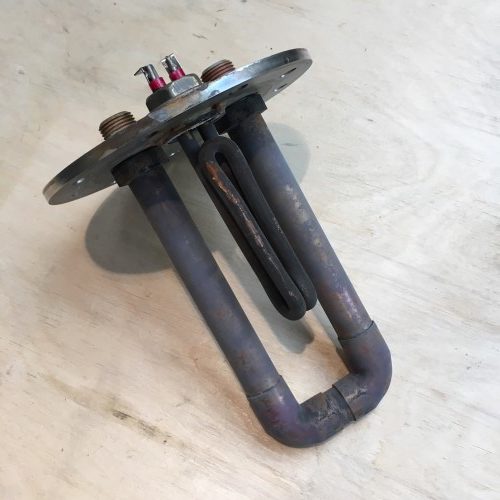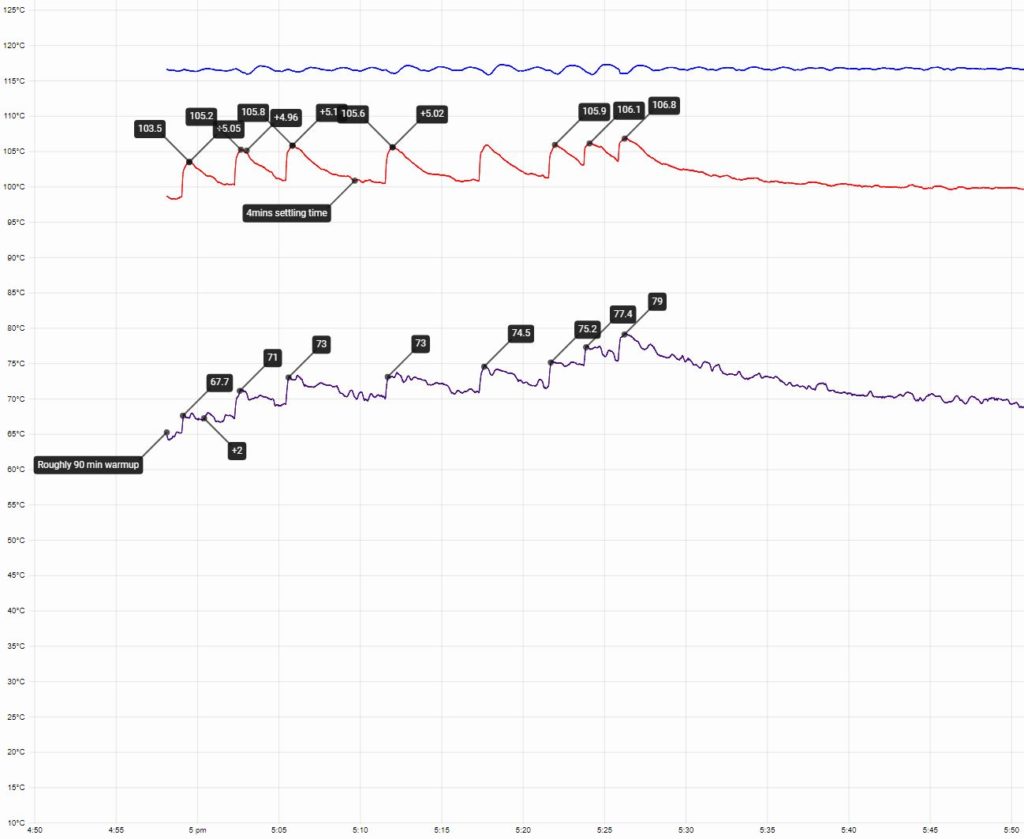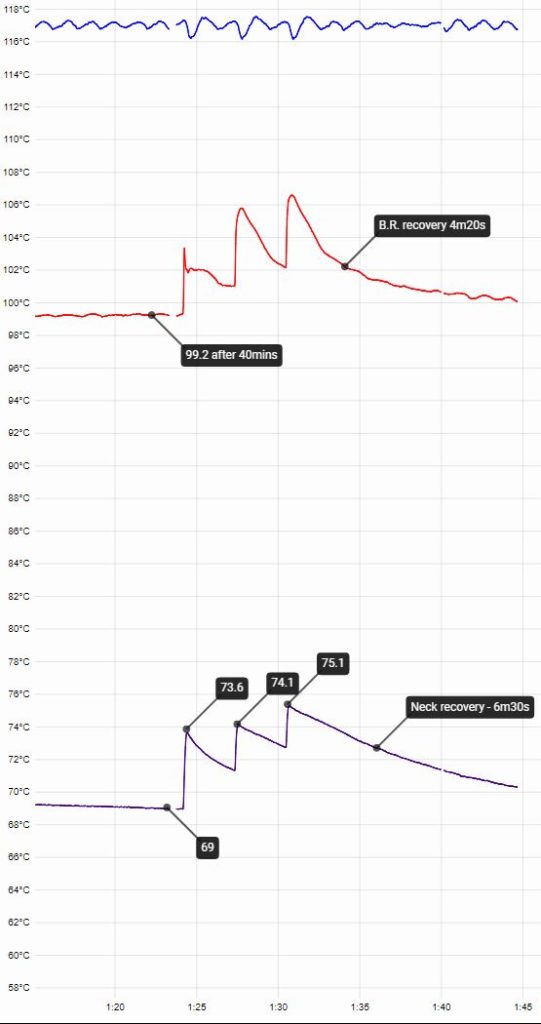
© NASA, SpaceX, & that Elon guy no doubt, but he steals art to put on his coffee mugs, which he sells, so I feel OK about this.
Houston, we have interlock. “Interlock”?. Interlock is an engineering term which refers to two mechanisms that are mutually dependent. That is, one mechanism must be in a particular state if the other one is to operate and vice versa. A good, reasonably high stakes example of this would be, say, not being about to push the un-docking button while the door of your space capsule is open. There are many ways to achieve interlock, the un-docking button in question may be programmed to do nothing until a certain set of conditions are reached, but in its simplest and, for me, most elegant form, it is achieved through mechanical design and topology. For example: a dangerous machine that requires the operator to activate two separate switches simultaneously, thus ensuring that both of his/her hands are clear of the mechanism. Or the so-called “dead man” switch which must be actively maintained in the on position by the operator in order to keep the engine engaged, thus preventing runaway trains if the operator falls asleep or, er, dies.
At a more this-is-not-rocket-science level, how do you ensure that an electrical device is safe when you remove the cover? Of course, you can put a warning label on it…

…or, you can design the topology such that it limits or eliminates the possibility of error.

Even though the controller for the machine doesn’t have too much to do, it is still a mains-powered device. The two connectors on the bottom row are for power and the solenoid coil for the auto-fill, both of which are mains AC and therefore potentially dangerous. The top row is for the sensors and the interface, which are low voltage DC. The first thing to notice is that the connectors for the two rows are different. There is no way to plug a high voltage plug into a low voltage receptacle or the other way around. The green connector sets themselves are made of up two gendered halves: a female receptacle with male pins and a male plug with female sockets.

The male pins are exposed and could, at least potentially, come into contact with your hand, while the female sockets are completely enclosed by their plastic housing. It is the topology of this paring that determines the way in which it is employed in the design: the male plug with the female socket is the live half of the connection. The male pins in the receptacle cannot be live unless the female plug is in place – and of course, once they are plugged in and are live you can’t touch them.

Finally, the cases are machined with discrete openings for the AC power connectors. This means that the power connectors must pass through the wall of the box when they are assembled and that, conversely, the enclosure cannot be opened, exposing the live circuits inside, if it is plugged in!
Of course, that only lasts while those two tiny strips of plastic that increase the genus of the surface topology of the enclosure by two are intact. And all bets are off if you use the machine in the bath; idiot-proof being a relative term.































